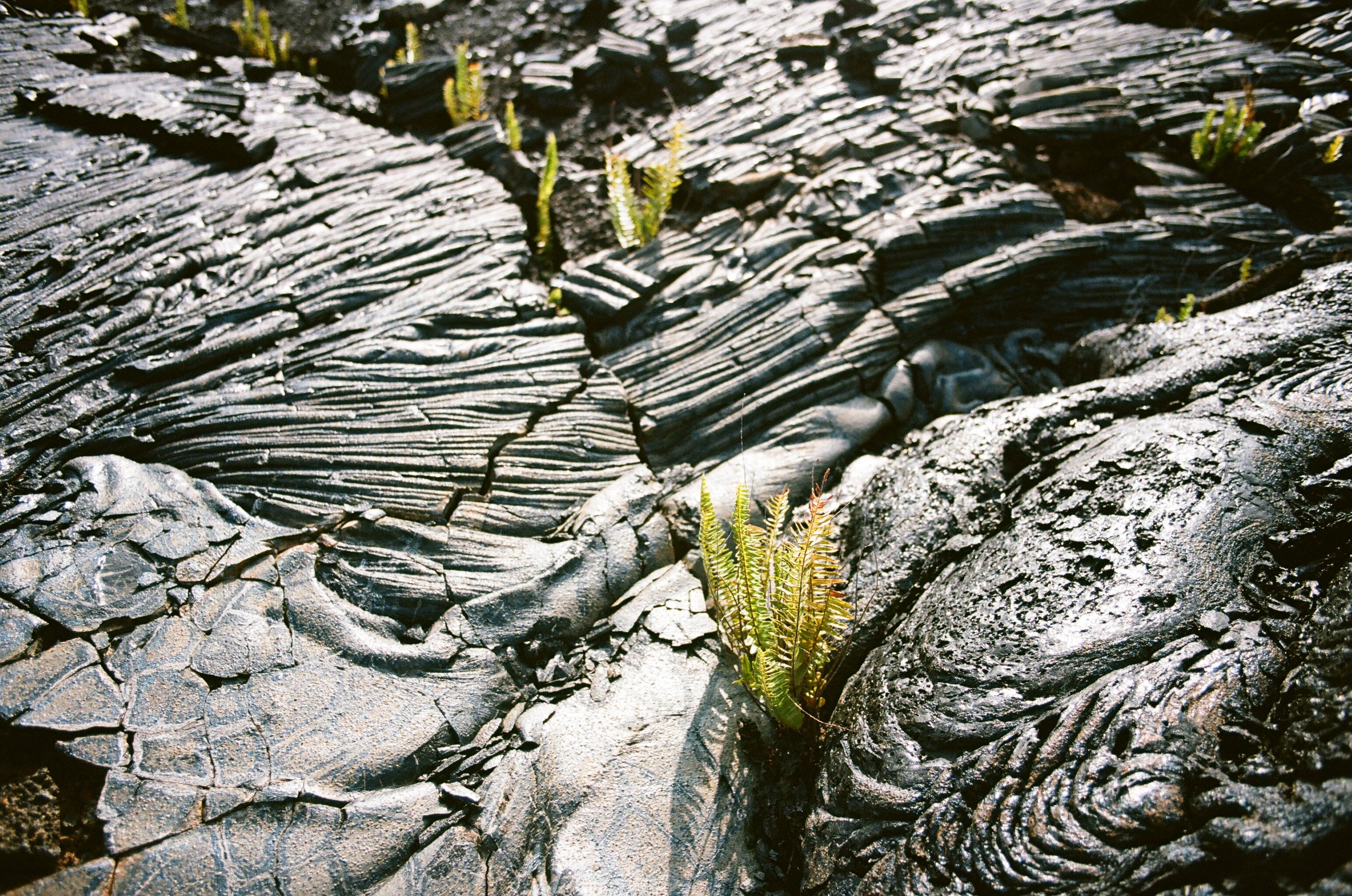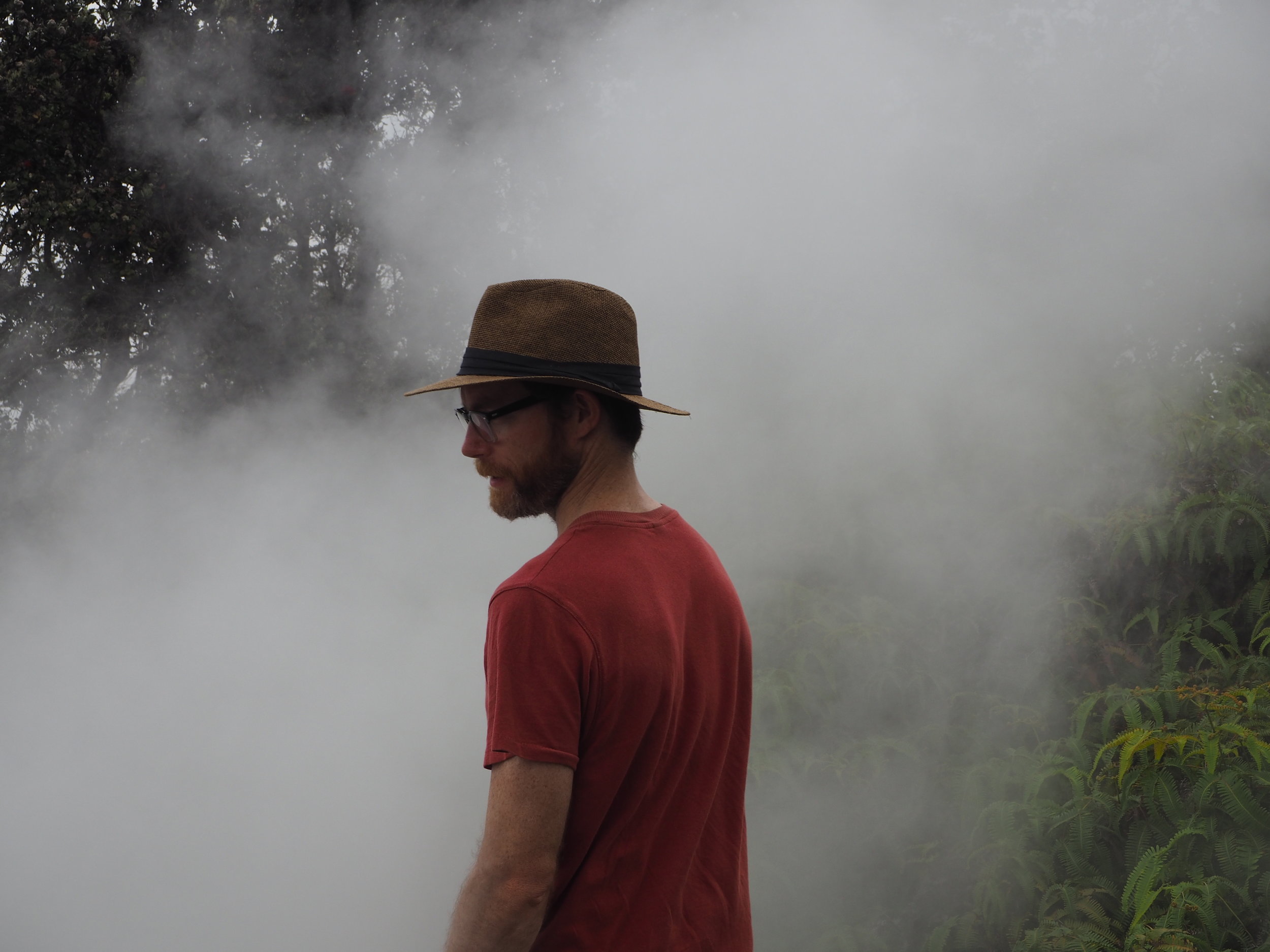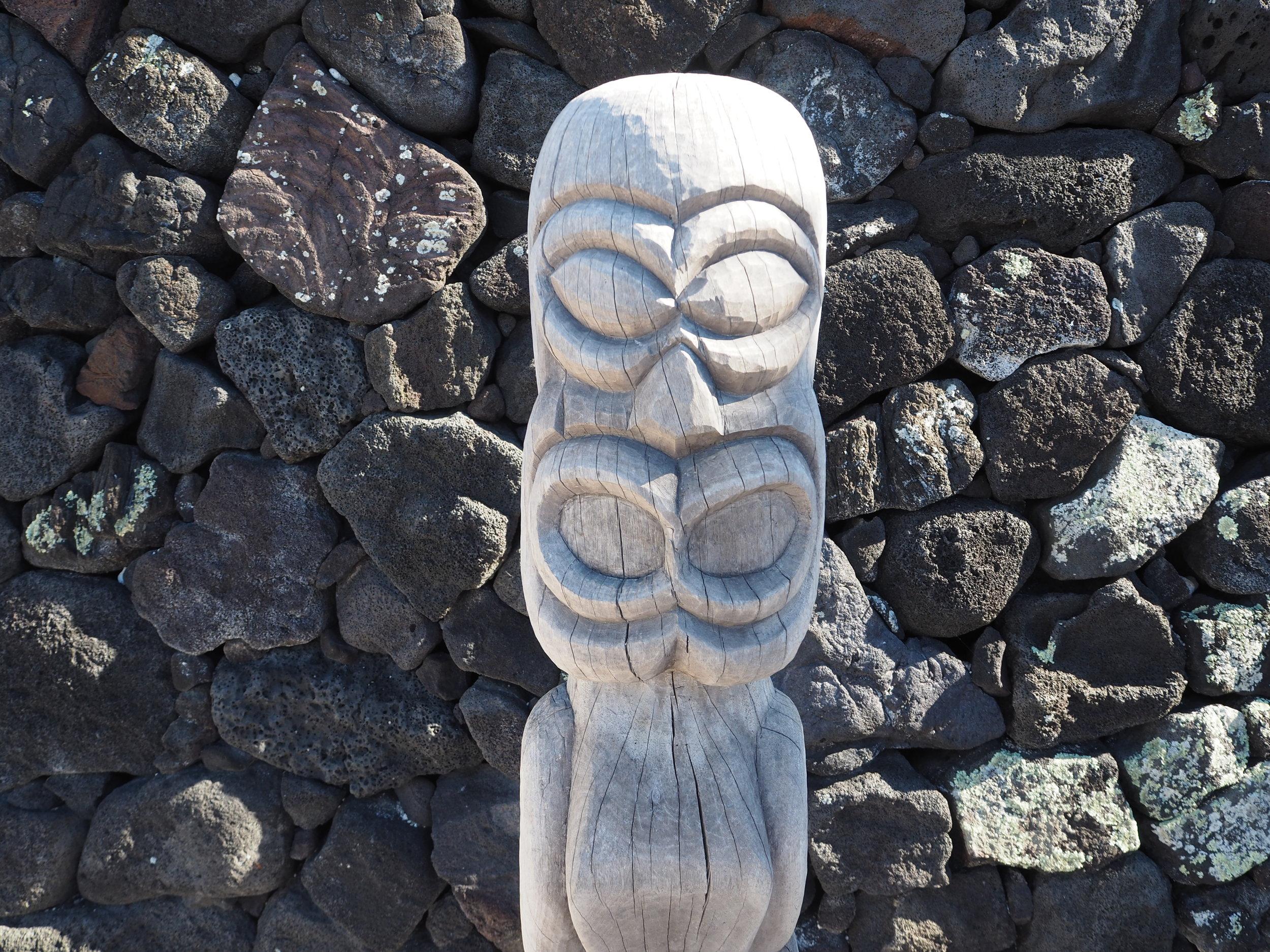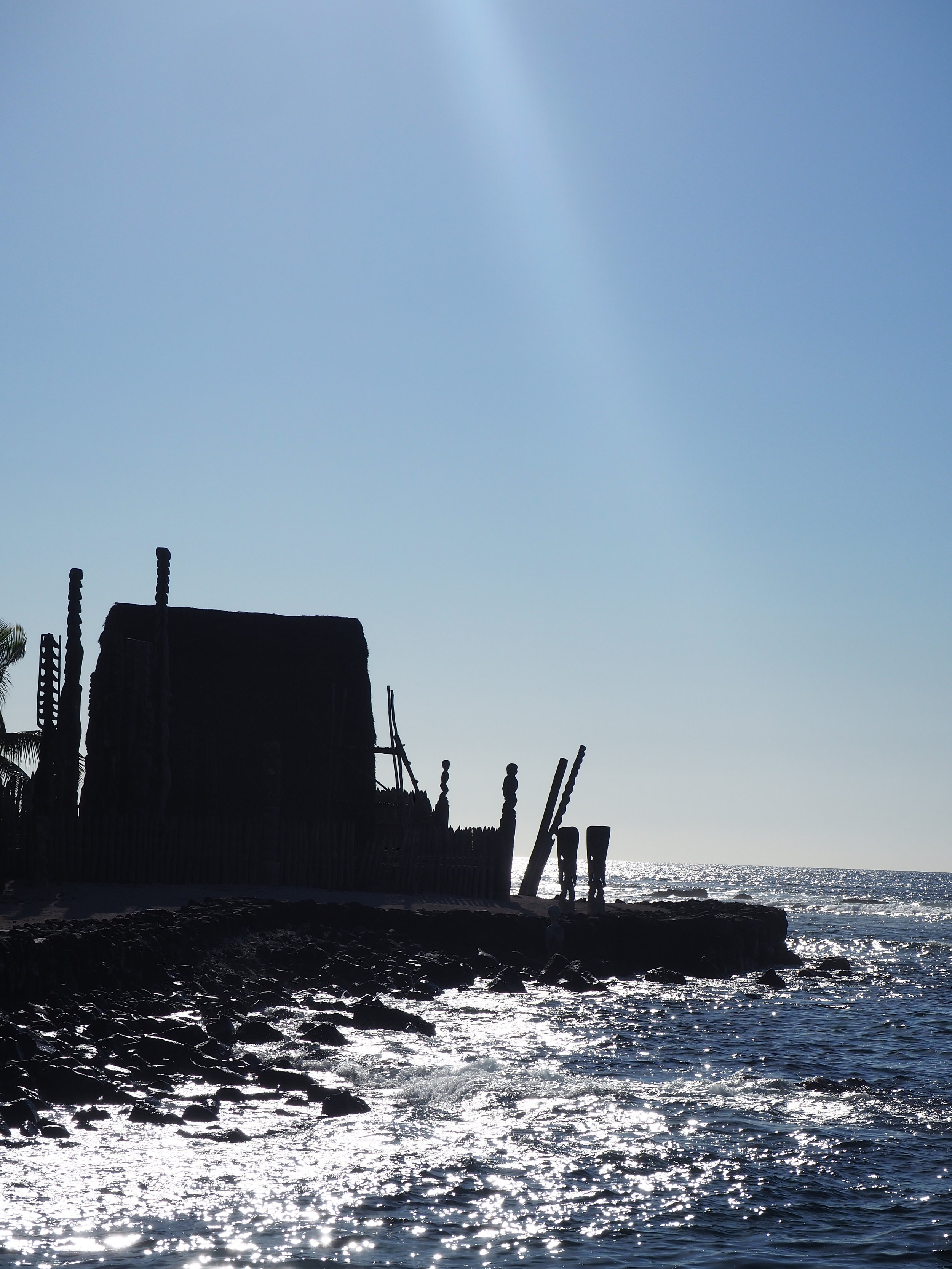Burn it at Both Ends
Stay Wild
INTERVIEW BY MEGAN FRESHLEY
PHOTO BY MATT GONZALEZ
Jessi Duley // Badass Biker, Mother, Wild Woman @BurnCycle
BurnCycle founder Jessi Duley blazes through the health and fitness space like a meteor of unstoppable vitality. “I have an abundance of energy, and 99 percent of it is positive,” she says. “My gift to this world is my energy.” She’s just revving up to become one of Lululemon Athletica’s community ambassadors in NW Portland. Duley’s spark used to be spent in the production industry over nearly a decade in LA. “I was working 18-hour days. It’s easy to climb to the top when you have so much energy. But it wasn’t where I wanted to be. I bought I one-way ticket to Nepal. It was that snow globe moment: You turn your world upside down to shake the shit out of you and then see where everything lands.”
After the glitter settled, Duley finally returned to Portland and met her husband in a dive bar the very next day. Her mission to bring boutique spin classes to Portland was realized in 2013. “I wanted a workout that would melt my fucking face off,” she says. And apparently she wasn’t alone, because BurnCycle opened a second location to accommodate an explosion of clientele in 2015. “It’s still just as amazing to go in every day. The shine has not dulled one bit for me. Or, it seems like, for Portland.” Duley’s devotees keep coming back for the camaraderie. “The whole world of fitness has become this perfection-oriented fishbowl of comparison, but we’re just down and dirty — like ‘Let’s just do the work,’” she says. “The way someone described my class was that I had the fury of a preacher and the mouth of a sailor. We’re just real.“
VISIT LULULEMON'S REFRESHED AND RENOVATED PORTLAND LOCATION IN THE PEARL DISTRICT
1231 Northwest Couch St.
Swing by the refresh Lulu this Sat Oct 8th, 8:30-10am for coffee and conversation. Oh, and keep up with their latest news on their Facebook page >>>































